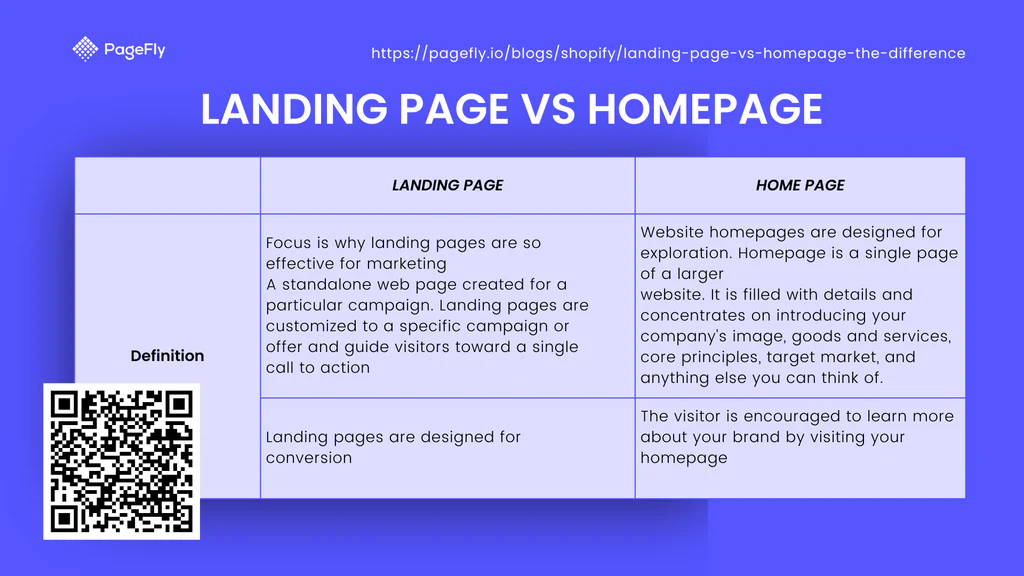When running paid traffic campaigns, where you send your visitors matters just as much as the ad itself. Many businesses make the mistake of sending users to a generic website page—but a landing page is often a far more effective option. In this article, you’ll learn what a landing page is, how it differs from a standard website page, and how to use it for better results.
What Is a Landing Page?
A landing page is a dedicated page designed to achieve a single goal—usually capturing leads or generating sales. It’s called a “landing” page because it’s where visitors land after clicking an ad, email, or link. Unlike homepages or product pages, landing pages are focused, distraction-free, and optimized for conversion.
Key Characteristics of a Landing Page
- Single goal or CTA (Call to Action)
- Minimal navigation or external links
- Clear headline and supporting copy
- Conversion-focused design (form, button, offer)
- Often part of a marketing funnel or paid campaign
Landing pages are built to guide users to take action, not explore.
What Is a Website Page?
A website page is part of your broader website structure—like your homepage, about page, or product catalog. These pages often contain multiple links, sections, and navigation menus. Their purpose is to inform, educate, or let visitors browse freely.
Key Differences Between Landing Pages and Website Pages
| Feature | Landing Page | Website Page |
|---|---|---|
| Purpose | Drive one action (lead/sale) | Inform or support multiple actions |
| Navigation | No or minimal links | Full site navigation |
| Audience | Targeted (from ads or campaigns) | Broad, general audience |
| Design | Simple, focused layout | Complex, multi-section design |
| Performance Tracking | Easier to measure conversion rate | Harder to isolate visitor intent |
Why Landing Pages Convert Better
- They eliminate distractions: No menus, no random links
- They match the ad message: Creating a seamless experience
- They are built to convert: With focused headlines, CTAs, and offers
- They allow better testing: Easier to A/B test variations
When using paid traffic, this level of focus boosts ROI and lowers cost per acquisition (CPA).
When to Use a Landing Page
- Paid ads (Facebook, Google, TikTok, etc.)
- Email marketing campaigns
- Product launches
- Lead magnet downloads
- Webinar registrations
- Free trial offers
If you’re driving users to take action, a landing page is your best tool.
When to Use a Website Page
- Organic search traffic
- Content marketing (e.g., blogs, resources)
- Navigational browsing
- Brand storytelling
A homepage is great for introducing your brand—but it’s not built for direct conversions from paid ads.
Best Practices for Landing Pages
- Use one CTA per page
- Match page content with ad message
- Keep forms short (only necessary fields)
- Add trust elements (testimonials, guarantees)
- Optimize for mobile and fast loading
- Use A/B testing to improve results over time
Final Thoughts: Focus Leads to Conversions
A landing page isn’t just a page—it’s a tool. When you guide visitors toward a specific outcome with no distractions, you dramatically increase your chances of converting traffic into leads or customers. For paid traffic, every click counts—and a well-designed landing page ensures you make the most of each one.

